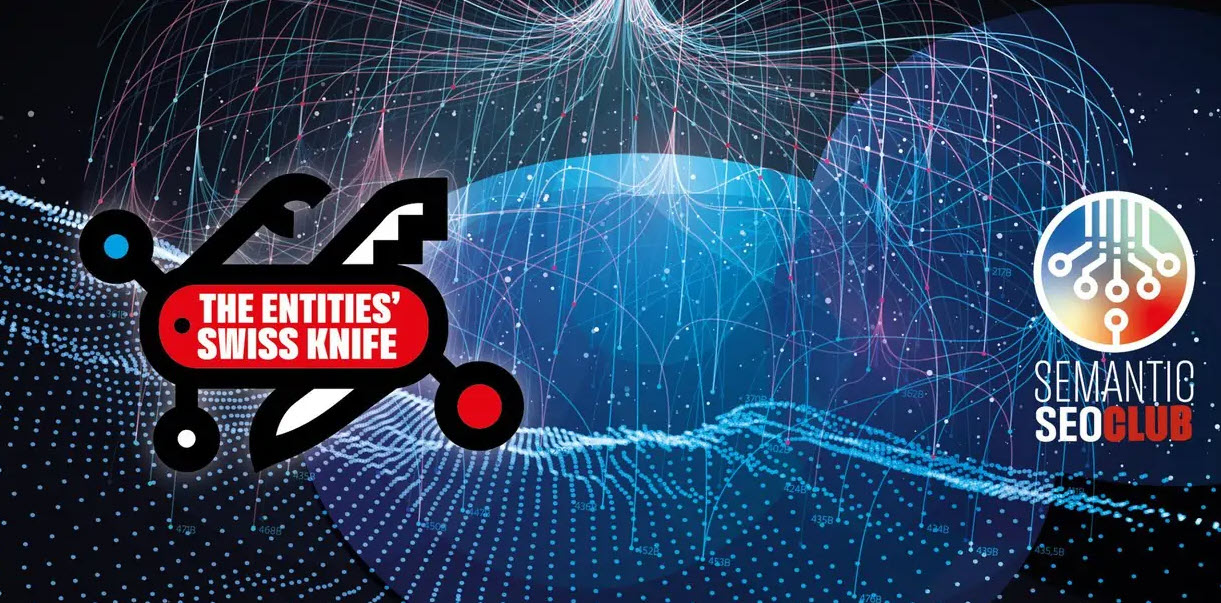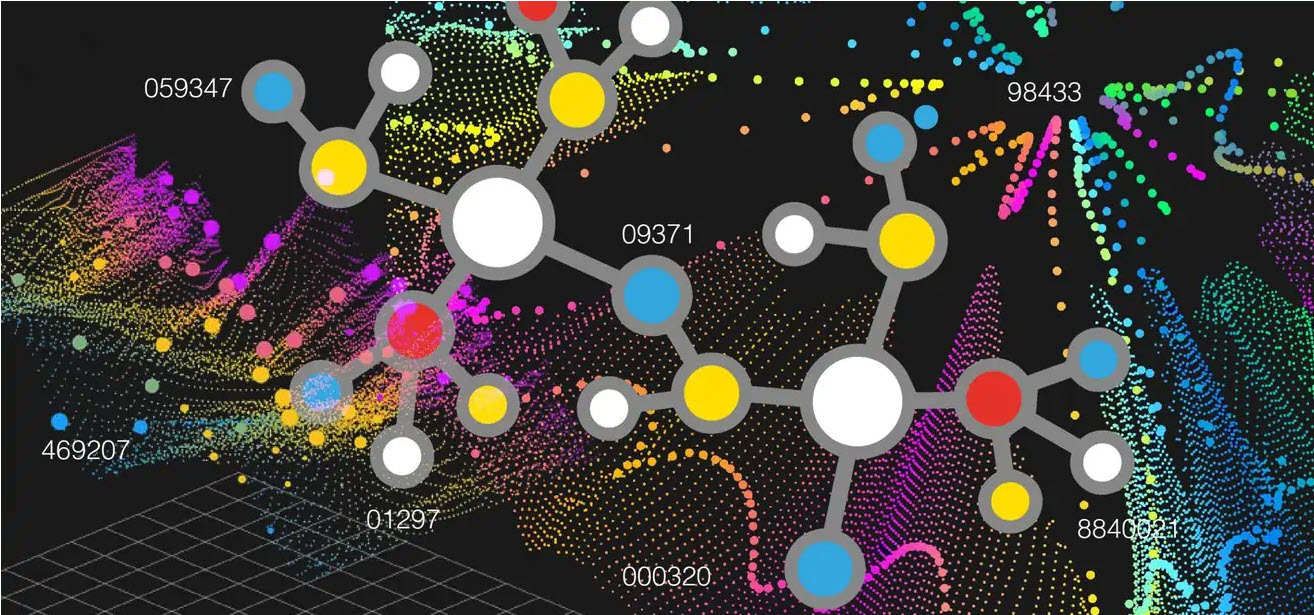
Structured Data
Differences in between a Lexical Search Engine and a Semantic Search Engine.
While a conventional lexical internet search engine is roughly based on matching keywords, i.e., basic message strings, a Semantic Search Engine can "understand"-- or a minimum of attempt to-- the meaning of words, their semantic relationship, the context in which they are placed within a document or an inquiry, therefore accomplishing an extra specific understanding of the customer's search intent in order to create even more appropriate results.
A Semantic Search Engine owes these capacities to NLU algorithms, Natural Language Understanding, as well as the visibility of structured information.
Topic Modeling and also Content Modeling.
The mapping of the discrete units of web content (Content Modeling) to which I referred can be usefully performed in the layout stage and can be associated with the map of topics treated or treated (Topic Modeling) and to the organized data that expresses both.
It is an interesting method (let me recognize on Twitter or LinkedIn if you would certainly like me to blog about it or make an ad hoc video clip) that permits you to make a website as well as create its content for an extensive therapy of a subject to obtain topical authority.
Topical Authority can be described as "depth of experience" as regarded by internet search engine. In the eyes of Search Engines, you can end up being an authoritative source of details worrying that network of (Semantic) entities that define the topic by constantly writing initial high-quality, detailed web content that covers your wide subject.
Entity connecting/ Wikification.
Entity Linking is the procedure of identifying entities in a message file and relating these entities to their one-of-a-kind identifiers in a Knowledge Base.
Wikification takes place when the entities in the message are mapped to the entities in the Wikimedia Foundation resources, Wikipedia as well as Wikidata.


